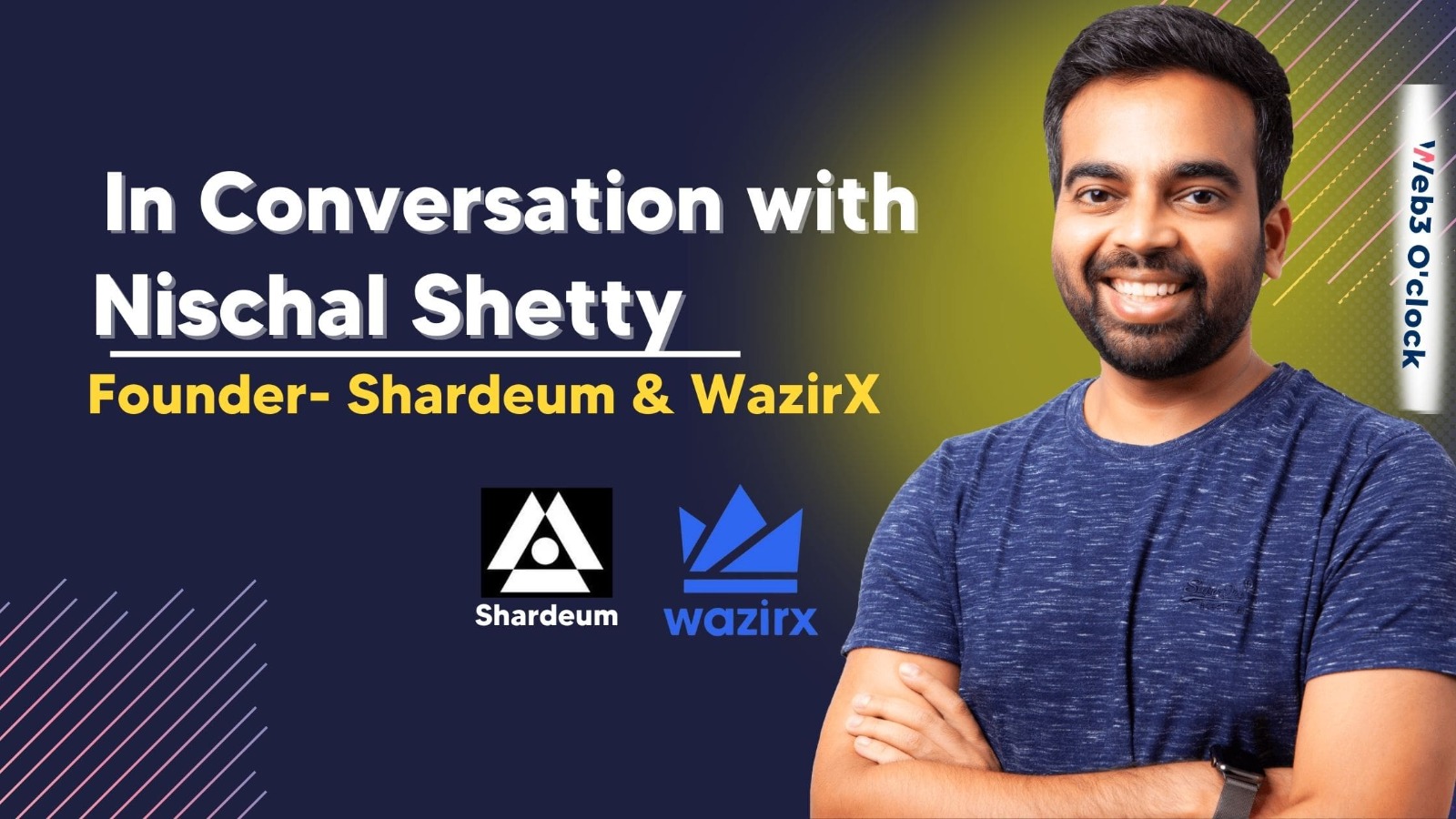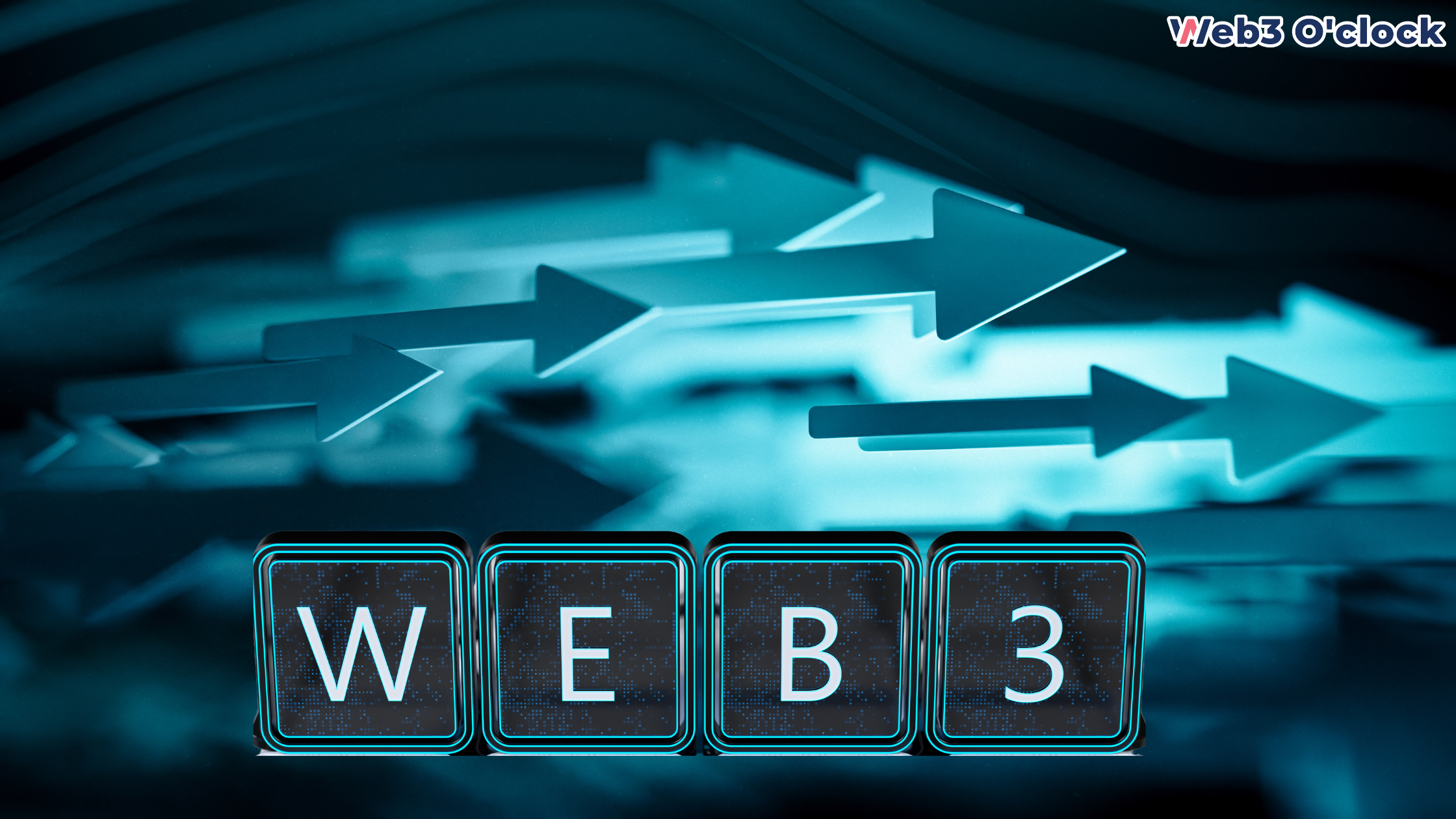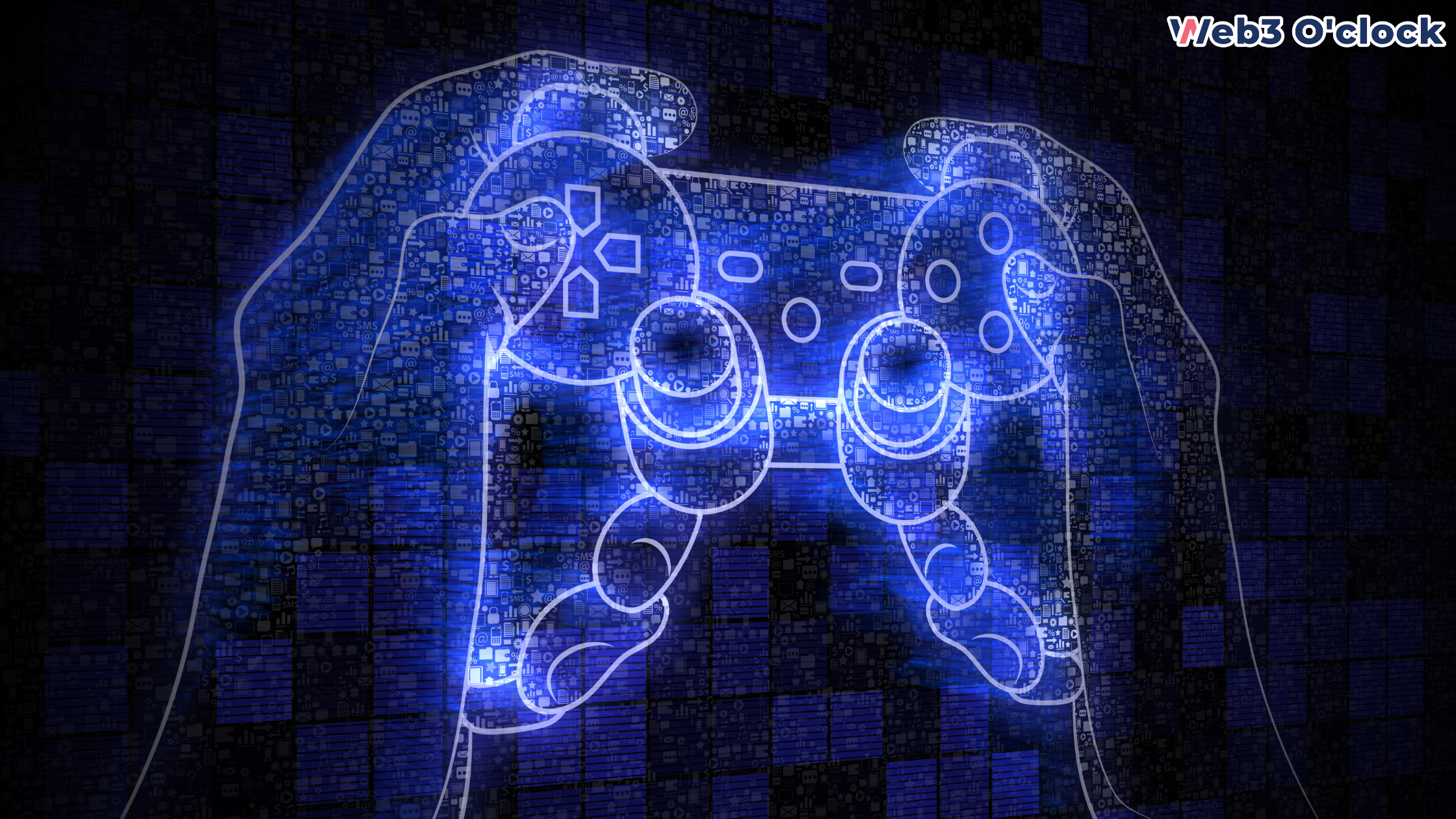What is DAO?
DAO stands for Decentralized Autonomous Organization. It is a decentralized organization that is run by code rather than people. DAOs are typically built on blockchain technology, and they are designed to be transparent, decentralized, and autonomous.
DAOs work by using smart contracts, which are self-executing contracts with the terms of the agreement written directly into code. These smart contracts are stored on a blockchain and are enforced automatically, without the need for a central authority.
DAOs operate on a consensus-based model, which allows for decision-making and governance to take place through a decentralized, democratic process. Members of a DAO can propose changes or vote on proposals, and the outcome is determined by the majority of votes.
How DAO is different from other private organizations?
DAOs (Decentralized Autonomous Organizations) are different from traditional private organizations in several key ways:
Decentralized
DAOs are decentralized, meaning that they are not controlled by any single person or entity. Instead, they operate on a consensus-based model, where members can propose changes or vote on proposals, and the outcome is determined by the majority of votes.
Autonomous
DAOs are autonomous, meaning that they are run by code rather than people. Smart contracts, which are self-executing contracts with the terms of the agreement written directly into code, are used to govern the organization and automate processes such as decision-making and governance.
Transparent
DAOs are transparent, meaning that all transactions and activities are recorded on a public blockchain. This allows for complete transparency and accountability, as all members can see how decisions are being made and how funds are being used.
Borderless
DAOs are borderless, meaning that they are not limited by geographical boundaries. Members can join from anywhere in the world and can participate in decision-making and governance regardless of their location.
Immutable
DAOs are immutable, meaning that once the smart contract is deployed on the blockchain, it can’t be altered, it’s permanent and tamper-proof.
Token-based
DAOs use tokens, which are digital assets that represent a stake in the organization. Members can use tokens to vote on proposals and to receive a share of any profits earned by the organization.
In contrast, traditional private organizations are typically centralized, meaning that they are controlled by a single person or entity. They are also autonomous to some extent, but the decision-making process is not transparent and is not always based on consensus. They are also limited by geographical boundaries, meaning that they can only operate within a specific jurisdiction. And they are not token-based, meaning that ownership is not represented by a digital asset.
Some examples of DAOs and their use cases include:
The DAO
The DAO was the first decentralized autonomous organization created on the Ethereum blockchain. It was launched in 2016, and it raised over $150 million in funding through an initial coin offering (ICO). The DAO’s purpose was to act as a decentralized venture capital fund, where members could vote on proposals for funding new projects. However, due to a security vulnerability, The DAO was hacked and lost a significant amount of funds.
Gnosis
Gnosis is a decentralized prediction market platform built on the Ethereum blockchain. It allows individuals to create prediction markets for any event, such as the outcome of an election, the price of a commodity, or the success of a company. Gnosis uses a DAO to govern the platform and make decisions about how to allocate funds and resources.
Aragon
Aragon is a decentralized platform for creating and managing decentralized organizations. It allows individuals to create their own DAOs and customize them to their specific needs. Aragon’s DAO is used to govern the platform and make decisions about how to allocate funds and resources.
MolochDAO
MolochDAO is a decentralized organization that aims to provide funding for Ethereum-based projects. Members of MolochDAO can propose projects for funding, and other members can vote on the proposals. MolochDAO uses a DAO to govern the platform and make decisions about how to allocate funds and resources.
In summary, DAOs are decentralized organizations that are run by code rather than people, that operate on blockchain technology and are autonomous, transparent and based on consensus-based model. DAOs have been used in various use cases like decentralized venture capital fund, prediction market platform, decentralized organization management, and funding for Ethereum-based projects.
Limitations of DAO
DAOs (Decentralized Autonomous Organizations) are a relatively new concept and as such, they have some limitations that are worth considering:
Complexity
DAOs are complex, and it can be difficult for members to understand how they work and how to participate in decision-making and governance. This can make it difficult to attract and retain members, and can also lead to poor decision-making.
Scalability
DAOs are built on blockchain technology, which can be slow and expensive to use at scale. This can limit the number of transactions that can be processed and the number of members that can participate in a DAO.
Security
DAOs are built on blockchain technology, which is inherently secure, but smart contracts can have vulnerabilities that can be exploited by malicious actors. This can lead to losses of funds, as seen with The DAO hack in 2016.
Regulation
DAOs operate in a legal gray area and are not yet fully regulated, which can make it difficult for them to operate in certain jurisdictions. This can limit the ability of DAOs to raise funds and to attract members.
Lack of expertise
DAOs are a new concept and there is a lack of experts in the field, which can make it difficult to create and maintain a successful DAO.
Voter Apathy
A common limitation of DAOs is that voter apathy, as members may not be motivated to vote or participate in the decision-making process. This can lead to a lack of participation and poor decision-making.
Limited Functionality
The smart contracts that govern DAOs are limited in terms of their functionality, which can make it difficult to implement certain features or processes.
In summary, DAOs are a new and complex concept and have limitations such as scalability, security, regulation, lack of expertise and voter apathy, limited functionality which can make it difficult to create and maintain a successful DAO. However, with the advancement of technology, some of these limitations could be overcome in the future.
FAQs
What is a simple explanation of DAO?
A DAO is a decentralized autonomous organization, a type of bottom-up entity structure with no central authority. Members of a DAO own tokens of the DAO, and members can vote on initiatives for the entity. Smart contracts are implemented for the DAO, and the code governing the DAO’s operations is publicly disclosed.
What is a DAO used for?
In software, a data access object (DAO) is a pattern that provides an abstract interface to some type of database or other persistence mechanism. By mapping application calls to the persistence layer, the DAO provides data operations without exposing database details.
Who creates DAO?
History. The open source computer code behind the organization was written principally by Christoph Jentzsch, and released publicly on GitHub, where other contributors added to and modified the code. Simon Jentzsch, Christoph Jentzsch’s brother, was also involved in the venture.
Does DAO need blockchain?
In crypto, DAOs are a kind of organizational structure that use blockchain technology and cryptocurrency tokens to automate certain actions, including voting.
What is a DAO in web3?
Decentralized Autonomous Organizations (DAOs) are blockchain-based communities that are designed to bring a new, more open and democratic management structure to businesses and other collaborative projects in web3.











